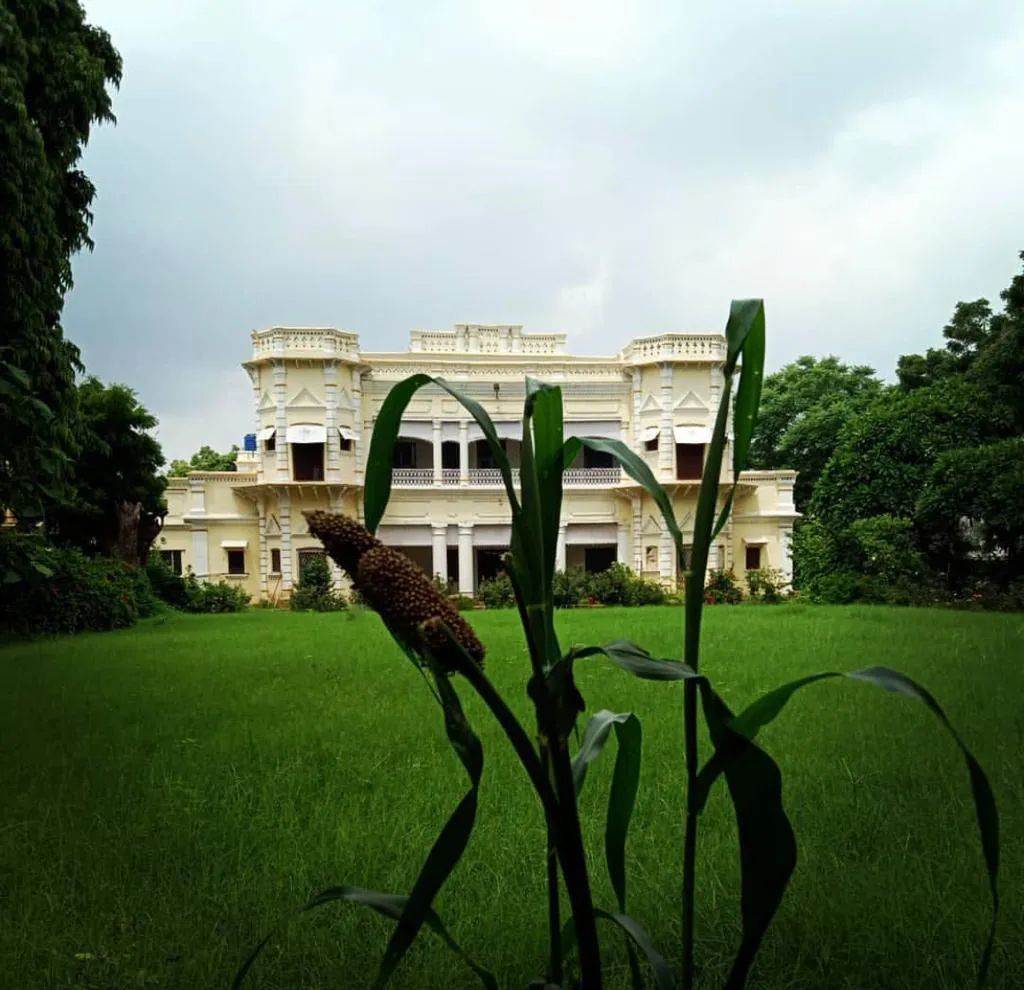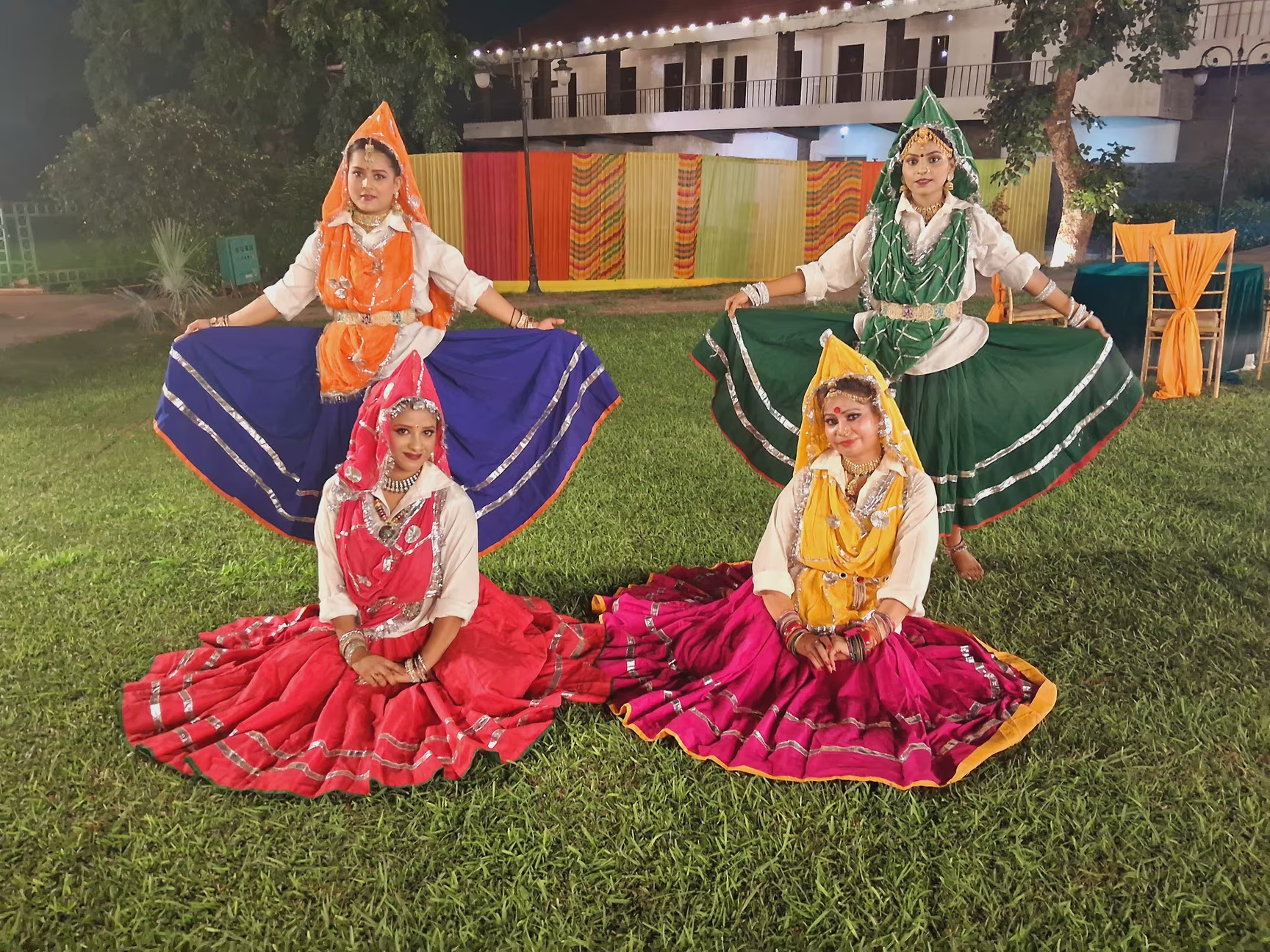Indian royalty played a crucial role in shaping and preserving the country’s rich traditions of classical music and dance. Kings and queens not only patronized legendary artists but also contributed to the development of distinct musical styles and dance forms that continue to thrive today.
Royal Patronage and the Growth of Classical Music
Indian courts served as cultural hubs where rulers nurtured musicians, composers, and dancers. Some of the most influential royal patrons included:
- Mughal Emperors (Delhi & North India): Akbar’s court fostered Hindustani music, with legendary artists like Tansen refining ragas and introducing dhrupad compositions.
- Rajput Kings (Rajasthan): Rajput rulers encouraged folk and classical fusion, leading to the rise of Rajasthani gharanas.
- Maratha Kings (Maharashtra): The Marathas played a key role in promoting Hindustani music and supported famous musicians like Balshastri Gadgil.
- Mysore Maharajas (South India): The Wodeyar dynasty’s patronage helped shape Carnatic music, with rulers composing their own kritis.
- Nawabs of Awadh (Lucknow): Under Nawab Wajid Ali Shah, Lucknow became a center for thumri and ghazal traditions.
Royal Influence on Indian Dance Forms
Indian classical dance evolved in royal courts, temples, and palaces, often performed as a form of devotion or entertainment. Key contributions include:
- Bharatanatyam (Tamil Nadu): Chola and Vijayanagar kings promoted temple dances that evolved into Bharatanatyam.
- Kathak (North India): Mughal emperors refined Kathak by incorporating Persian influences, making it a sophisticated court dance.
- Kathakali (Kerala): The rulers of Kerala encouraged storytelling through Kathakali, blending music, drama, and elaborate expressions.
- Odissi (Odisha): Kings of Kalinga supported Odissi, a temple dance dedicated to Lord Jagannath.
- Manipuri (Manipur): The royal family of Manipur played a major role in preserving the dance form as part of Vaishnavite traditions.
The Lasting Impact of Royal Patronage
Even today, many classical music festivals and dance performances honor these royal contributions. Prestigious events like the Tansen Music Festival and Thyagaraja Aradhana celebrate the legacy of classical music nurtured by Indian royalty.
Conclusion
Indian royalty not only preserved but also enriched the country’s classical music and dance traditions. Their patronage ensured that these art forms flourished, leaving behind a timeless cultural legacy that continues to inspire artists and audiences worldwide.





